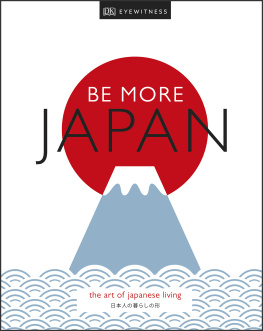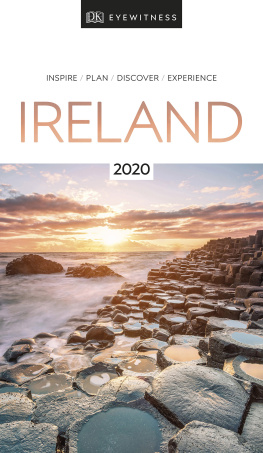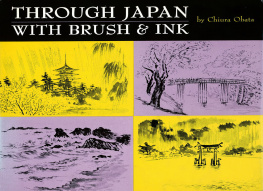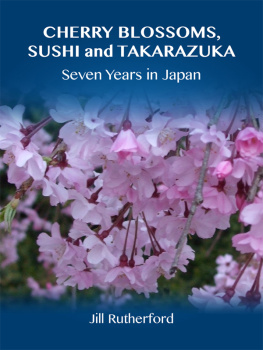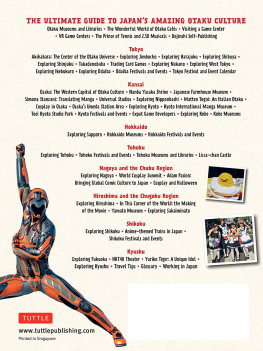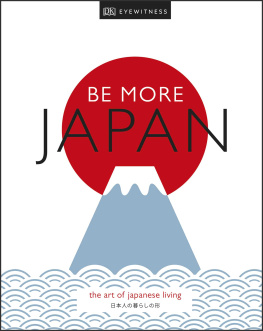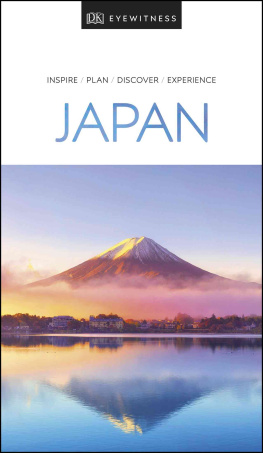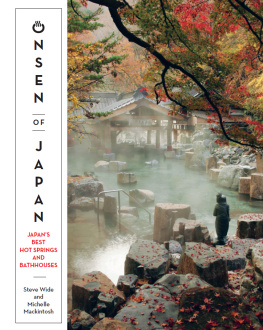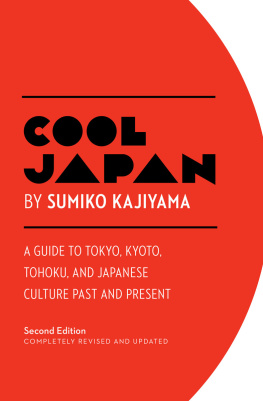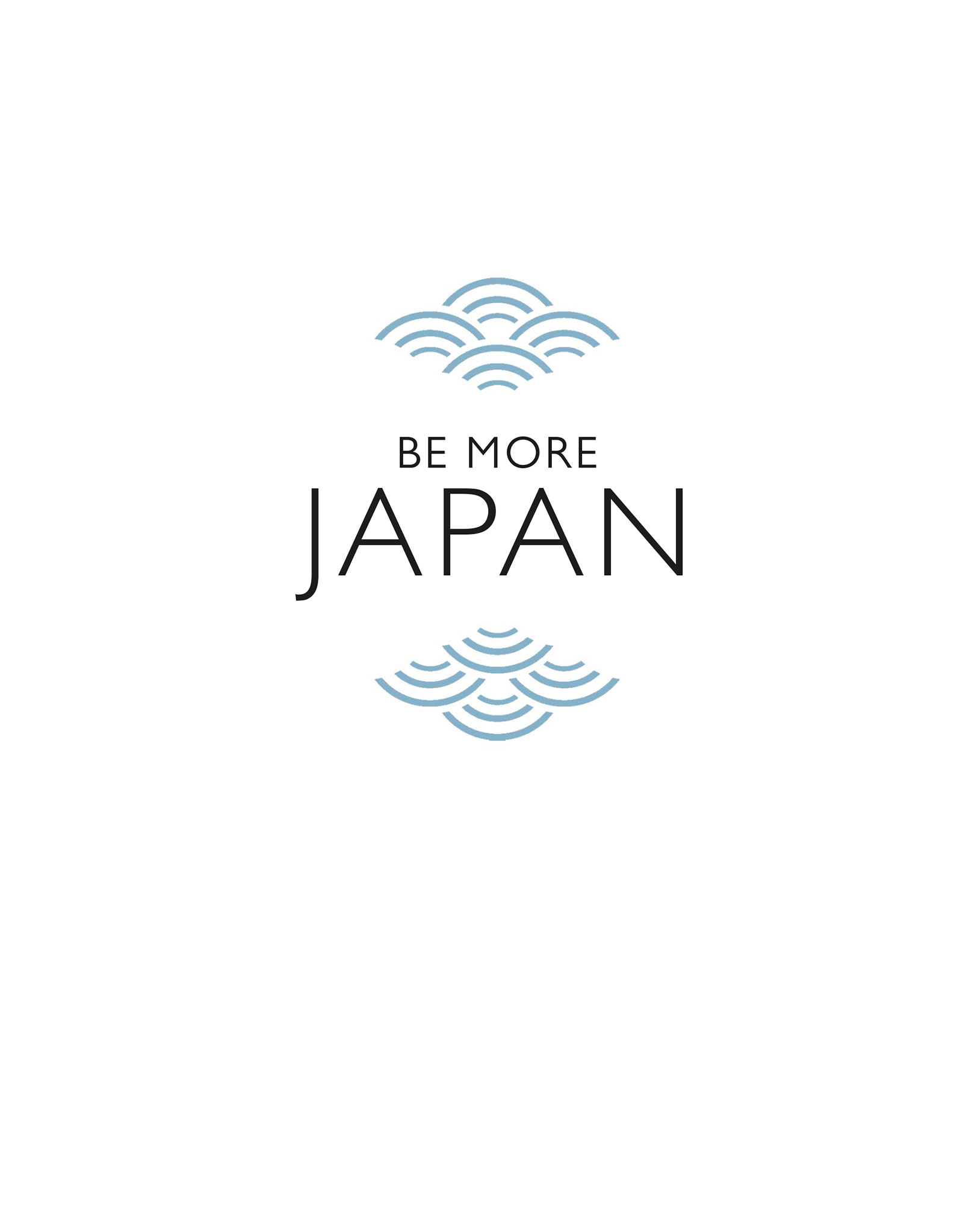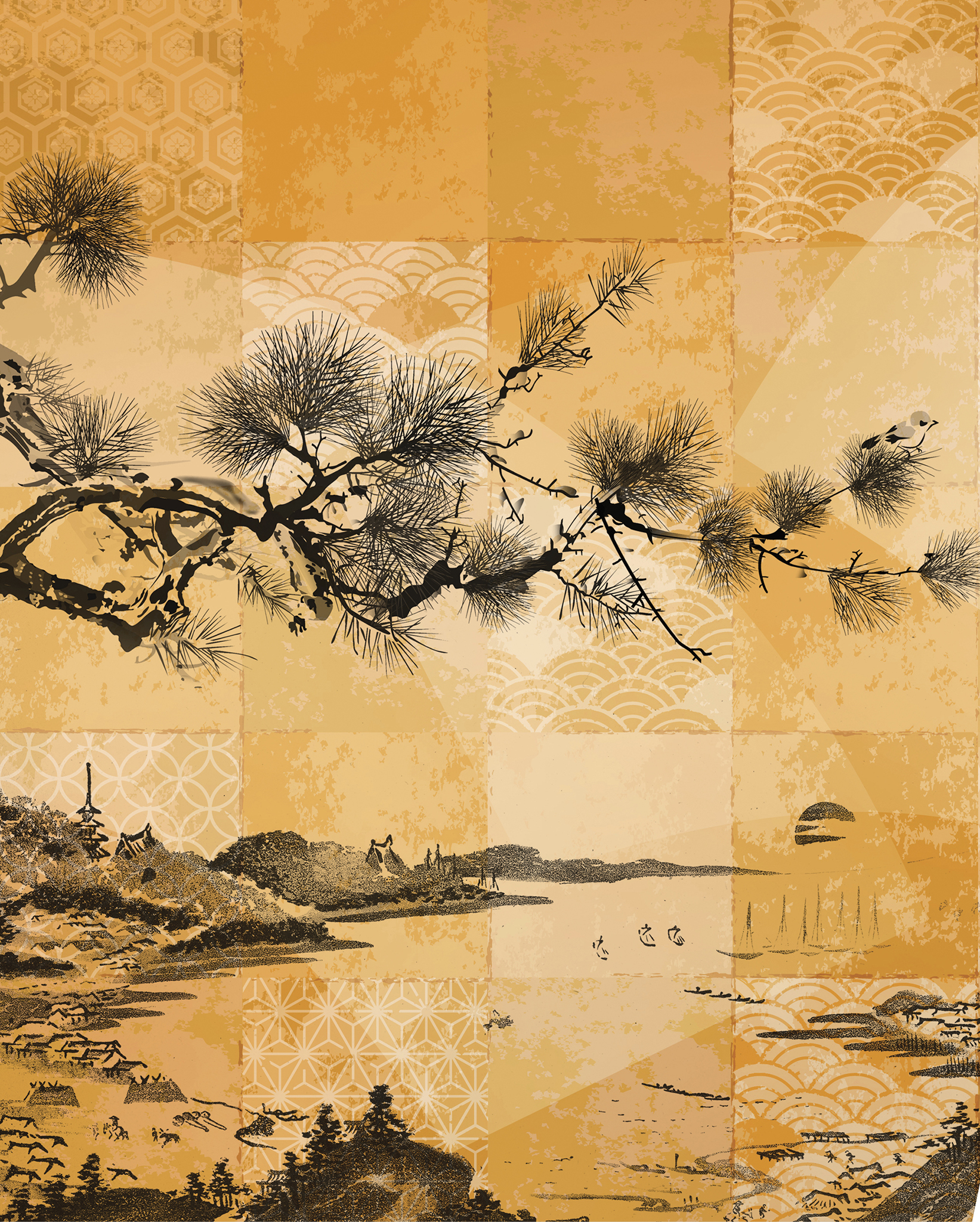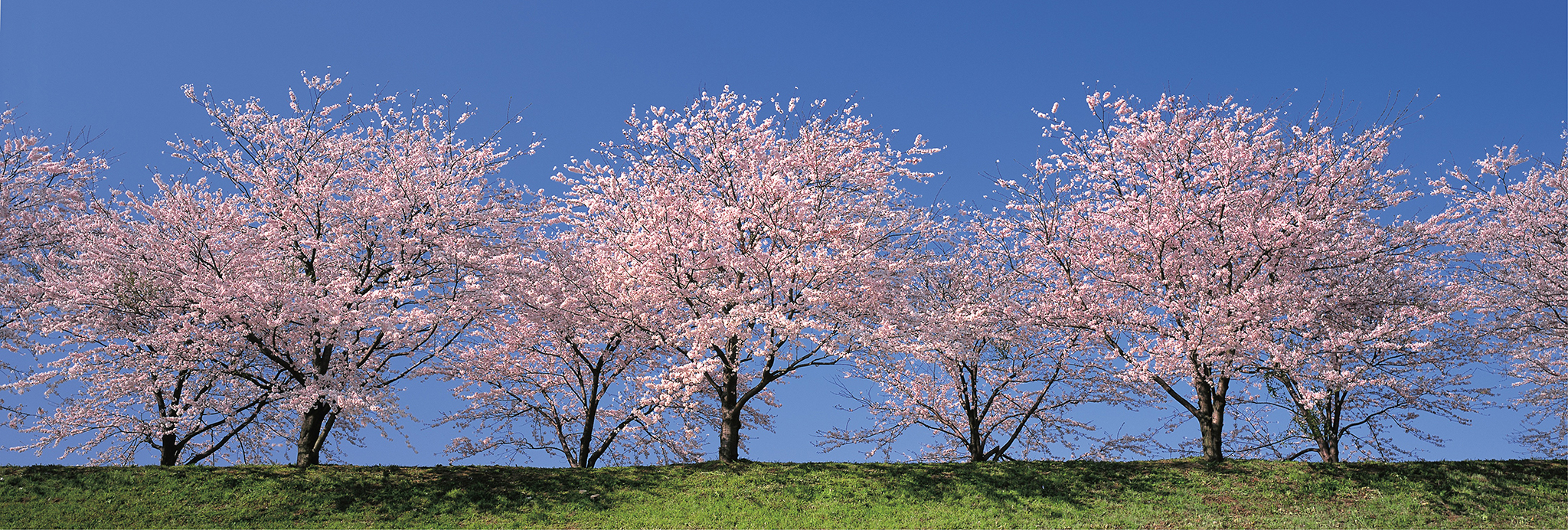contents
Introduction
Welcome to Japan
On the Map
Spring
Summer
Autumn
Winter
First Encounters
History
Japan Around the World
A View of Japan
On the Map
Cityscapes
Focus on Manhole Covers
Rural Japan
Mountains
Focus on Mount Fuji
Island Diversity
Timeless Japan
On the Map
Shinto
Buddhism
Focus on Fortunes and Charms
Seven Lucky Gods
Aesthetics and Design
Focus on Ikebana
Traditional Homes
Gardens
Focus on Bonsai
Painting
Woodblock Prints
Ceramics
Decorative Crafts
Focus on Origami
Calligraphy
Innovative Japan
On the Map
Engineering Marvels
Gadgets
Focus on Robot Evolution
Video Games
Soundscapes
Creative Japan
On the Map
Trends in Architecture
Modern Style
Contemporary Art
Kawaii
Fashion
Literature
Manga and Anime
Focus on The Evolution of a Manga Series
Entertaining japan
On the Map
Japanese Theatre
Focus on The Kabuki Experience
A Geishas World
Japanese Music
Focus on The Ultimate Pop Idols
Nightlife
Otaku Japan
Focus on Otaku Districts
Japan on Screen
Focus on Japanese Cinema
Sports
Focus on Martial Arts
Edible Japan
On the Map
Sushi and Sashimi
Noodles
Rice
Regional Food
Focus on Kaiseki-ryori
Snacks
Focus on Wagashi
Tea
Focus on Tea Ceremony
Whisky
Sake
Healthy Japan
On the Map
Hot Springs
Focus on Enjoying the Onsen
Diet, Exercise and Longevity
Pilgrimages and Pathways
Focus on The Yoshida Trail
Japanese Philosophies to Live By
Acknowledgments
g
Introduction
The art of Japanese living
In the summer of 1853, four American ships sailed into Tokyo Bay, ending Japans 200 years of self-imposed isolation. The extraordinary, insular country they found immediately captured the worlds imagination, sparking a craze known as Japonisme that changed Western art and aesthetics forever. Today, Japan continues to fascinate and delight; a country of startling modernity and of ancient traditions, where elegant geisha, robe-clad priests, J-pop megastars and visionary engineers all make up a part of the authentic face of Japan.
Be More Japan takes you on a journey of discovery by exploring the art of Japanese living: the delicate balancing act of holding on to timeless traditions while enjoying all the benefits of modern life and looking fearlessly into the future.
We invite you to absorb a little Japanese wisdom into your daily life by experiencing its kaleidoscope of contrasting pleasures enjoy the fleeting beauty of the cherry blossoms, join in a raucous summer festival, savour the precision of the tea ceremony, belt out your favourite song at karaoke, or soak in a hot spring with a jaw-dropping view of Mount Fuji. There are countless reasons to fall in love with this beguiling country, and with Be More Japan youll find even more excuses to travel, time and again, to the land where the sun rises.
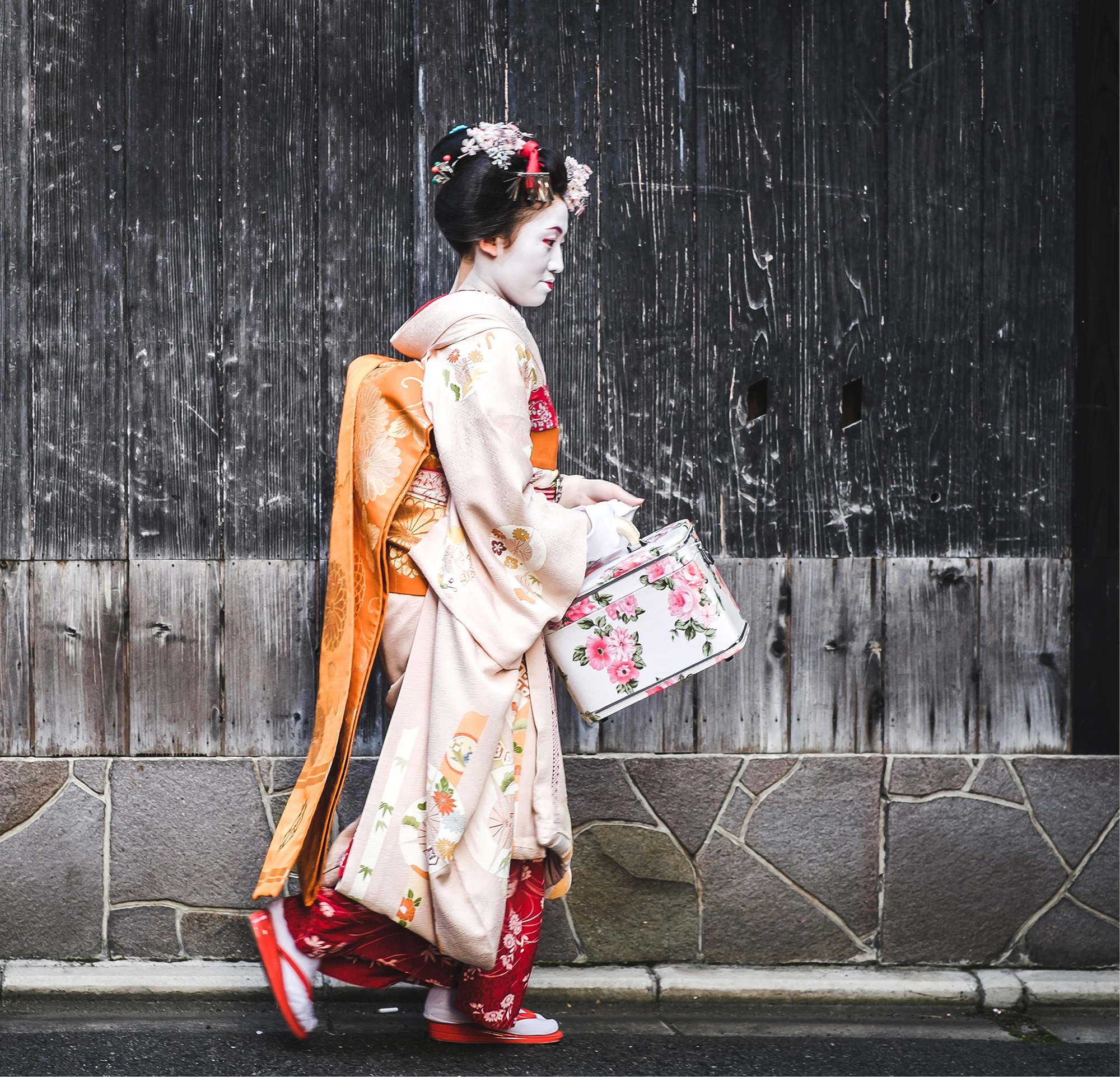
D An apprentice geisha in Kyoto.
g
welcome to japan
Japan stretches from the frozen edge of Siberia down to the tropics. This archipelago of thousands of islands is home to an incredible array of disparate landscapes, not only ultramodern cities and smouldering volcanos, but also remote beaches and lush valleys. What unites the range of climates, geographies and outlooks are the rhythms of the seasons, to which the heart of the country still beats, dictating the ever-shifting weather, cuisine and cultural life of the countrys 127 million inhabitants. And binding it all together is an astonishing transport network, which makes it easy get there and explore whether by bicycle, plane, bullet train or ferry. If youre planning a trip to Japan, want the afterglow of your stay to last a bit longer, or simply wish to indulge in some quintessential Japanese experiences, the culture has never been more accessible: whether it is eating sushi in London or enjoying blossom viewing in San Francisco, you are closer to Japan than you know.
g
on the map
Exploring Japans regions
Lying to the east of mainland Asia and curving across 3,000 km (1,900 miles) of Pacific Ocean, Japan is made up of thousands of islands. Mainland Japan is typically defined as the five largest islands in the archipelago: Honshu, Hokkaido, Kyushu, Shikoku and Okinawa. These islands are divided into 47 administrative units called prefectures, which in turn are informally grouped into eight different regions. Each region has its own distinct character, with local customs and culture shaped by the countrys highly changeable weather and geographical features.
Be More Japan Welcome to Japan
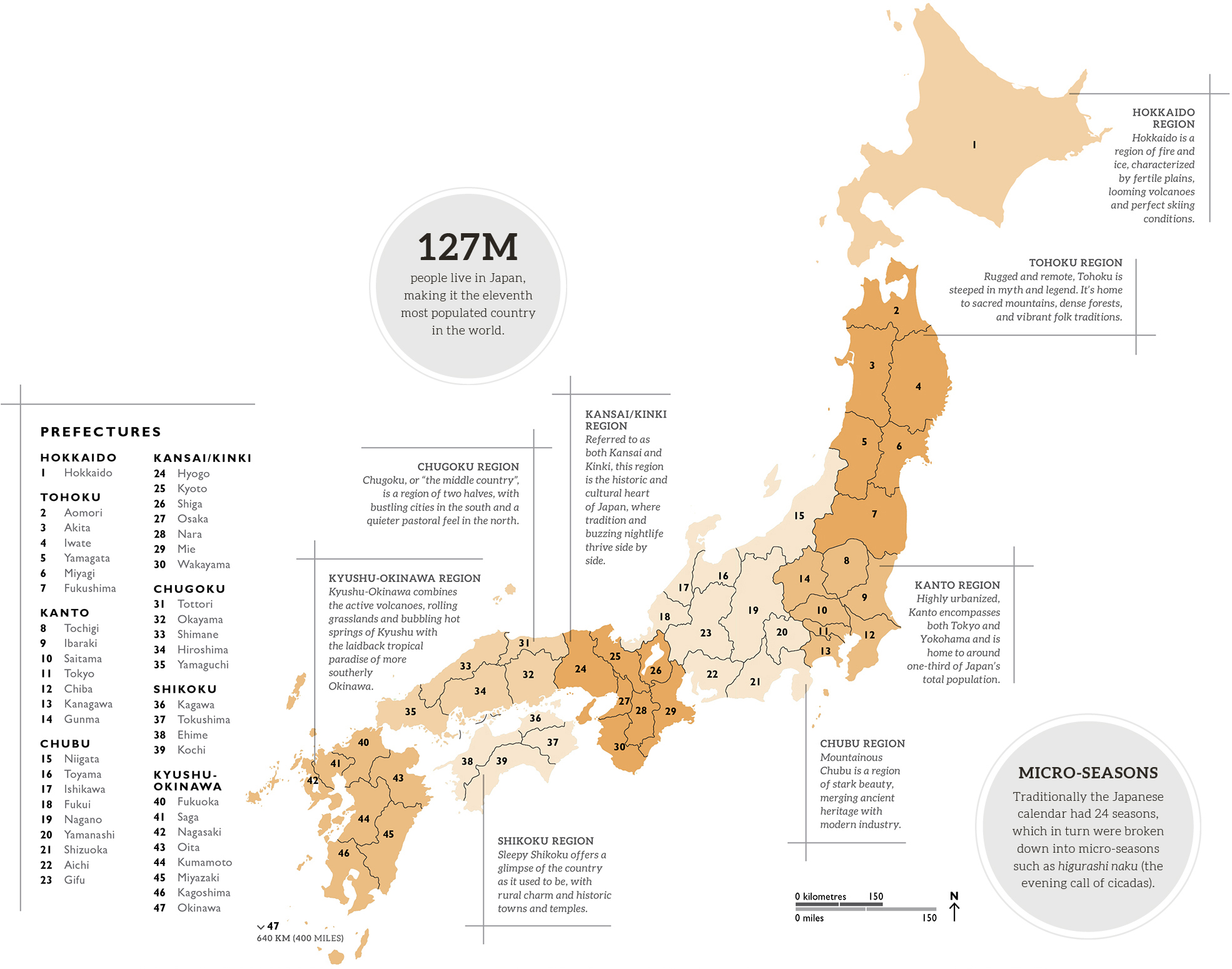
n Double-tap image to read the labels
Be More Japan Welcome to Japan
The Five Main Islands
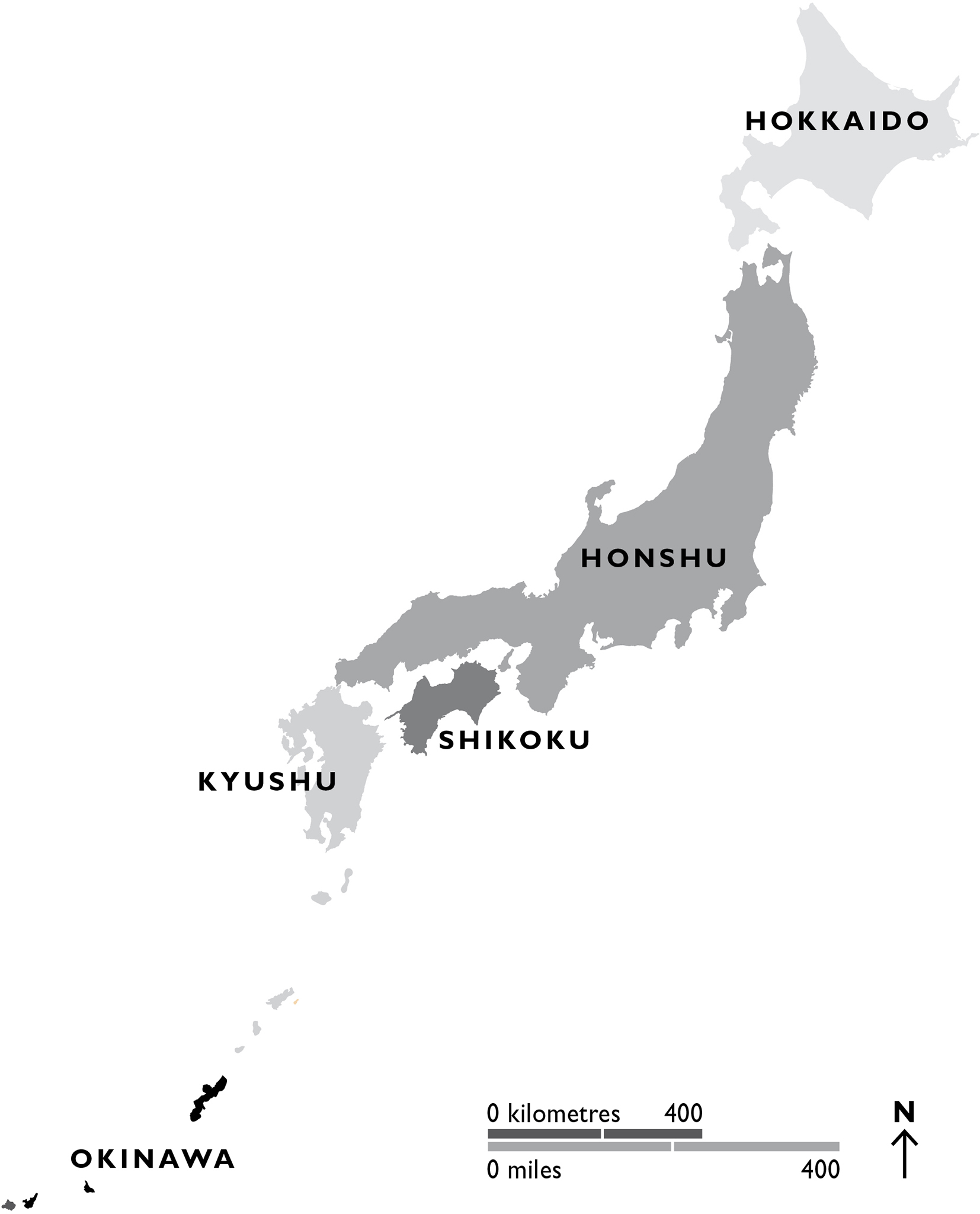
n Double-tap image to read the labels
The Japanese Archipelago is made up of 6,852 islands, of which only 430 are inhabited. The vast majority of the population live on the five main islands of Honshu, Hokkaido, Kyushu, Shikoku and Okinawa.
g
D Cherry blossoms ( sakura ) in full bloom in Kyoto.
spring
The season of new beginnings
The calls of oni wa soto, fuku wa uchi (devil get out, good luck come in) to celebrate Setsubun on 3 February are the first sign Japan is ready for spring. New buds begin to shoot in parks and gardens, starting with the pinks and purples of plum blossoms in late February. And by March, a new round of sneezing and surgical mask-wearing begins as the annual wave of cedar allergies hits.
fresh flavours
By the time spring is officially declared on Shunbun no Hi on 21 March, the weather is mostly warm and sunny in Honshu, Kyushu and Shikoku, with cooler Hokkaido lagging a little behind and warmer Okinawa already ahead of the game. And with the new season, heavy winter food gives way to lighter flavours: mountain vegetables come to the fore, plump strawberries appear in supermarkets, and tender bamboo shoots add a freshness to spring menus.

